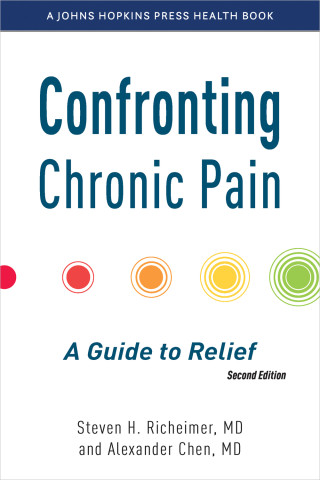
Reviews
The book is thoughtful, accurate, and user-friendly.
Those who crave real answers about the debilitating complexities of borderline personality disorder will find them and then some in this well-crafted book. The authors avoid the subtle stigmatization of people who have BPD that is often found elsewhere. Instead, they offer compassion and hope. As one who has suffered from the illness, I can attest that their characterizations of what goes on in the heart and mind of someone with BPD are spot on. This is a great book!
This thorough, compassionate, and readable discussion of Borderline Personality Disorder is essential reading for patients and family members. It will also be invaluable to both new and more experienced clinicians wanting to have the most up-to-date knowledge.
This exceptionally well-written book explains the many complexities of borderline personality disorder and dismantles much of the confusion surrounding the disorder. The authors are to be commended for a book that serves everyone in the BPD community: patients, family members, and professionals alike.
Book Details
Acknowledgments
Introduction
I. Understanding the Problem
1. The Clinical Picture
Features of the Borderline Diagnosis
Making the Diagnosis of Borderline Personality Disorder
The Borderline Conundrum
2.
Acknowledgments
Introduction
I. Understanding the Problem
1. The Clinical Picture
Features of the Borderline Diagnosis
Making the Diagnosis of Borderline Personality Disorder
The Borderline Conundrum
2. "Personality" and More
Understanding "Personality"
What Is a Personality Disorder?
When Does "Personality" Become "Disorder"?
Mood Disorders
Self-Destructive Behaviors
Traumatic Experiences
The Bigger Picture
II. Causes
3. The Four Faces of Borderline Personality Disorder
The Perspectives of Psychiatry
4. What the Person Has: The Disease Perspective
Mood Disorders
Major Depressive Disorder
Dysthymic Disorder
Bipolar Disorders
Borderline or Bipolar?
Picturing Borderline Personality in the Brain
Genetics
5. The Dimensions of Borderline Personality Disorder
Measuring Personality Traits
The Five-Factor Model of Personality
Traits and "States"
The "Personality" in Borderline Personality
Where Do Personality Traits Come From?
Conclusions about Personality and the BorderlineDiagnosis
6. Behaviors I: Addiction and Eating Disorders
Alcohol and Drug Addiction
Eating Disorders
7. Behaviors II: Self-Harming Behaviors and Dissociation
Cutting and Other Forms of Self-Mutilation
Why Do Individuals Self-Harm?
Suicidal Behavior
Dissociation
Dissociative "Disorders"
Dissociation Symptoms in Borderline Personality Disorder
8. The Life Story: Childhood Experiences, Development, Trauma
Childhood Experiences and the Borderline Diagnosis
Borderline Personality Disorder and PTSD
Life Events in Adulthood
III. Treatment
9. Treating the Disease
What Do Medications Treat in Persons with Borderline Personality Disorder?
Antidepressant Medications
Mood-Stabilizing Medications
Atypical Antipsychotic Medications
Antianxiety Medications: Some Words of Caution
10. Treating the Behaviors
Stages of Change
The Talking Cure: Psychotherapy
Cognitive Behavioral Therapy
CBT: A Closer Look
Dialectical Behavioral Therapy
11. Understanding the Dimensions and Addressing the Life Story
Psychodynamic Therapies for Borderline Personality Disorder
Psychotherapy for Borderline Personality Disorder: Summing Up
12. Treatment Approaches: Putting It All Together
13. Themes and Variations
Gender Differences
Borderline Personality Disorder in Adolescence
International and Cross-Cultural Considerations
IV. How to Cope, How to Help
14. If You've Been Diagnosed with Borderline Personality Disorder
Diagnosis, Diagnosis, Diagnosis
Assembling Your Treatment Team
Acceptance and Committing to Getting Better
The Role of Hospitalization
The Costs of Addiction
Looking for Happiness in All the Wrong Places
15. For Parents, Partners, Friends, and Co-workers
Getting Someone into Treatment
Safety Issues
Recognizing and Addressing Abusive Behaviors
Borderline Personality Disorder in the Workplace
Getting Support
Epilogue
Appendix A: Resources and Further Reading
Appendix B: Theory and Development of the BorderlineConcept: A Primer for Students and Therapists
References
Index






